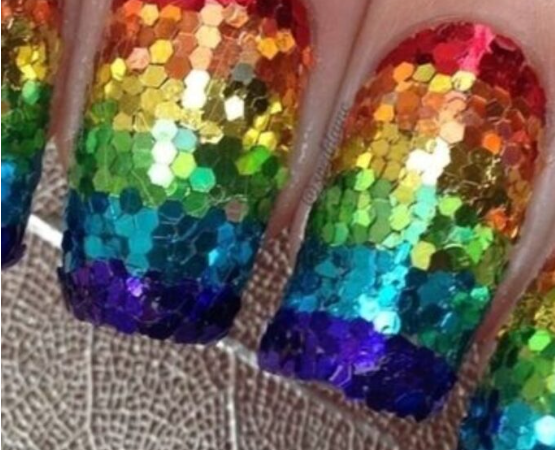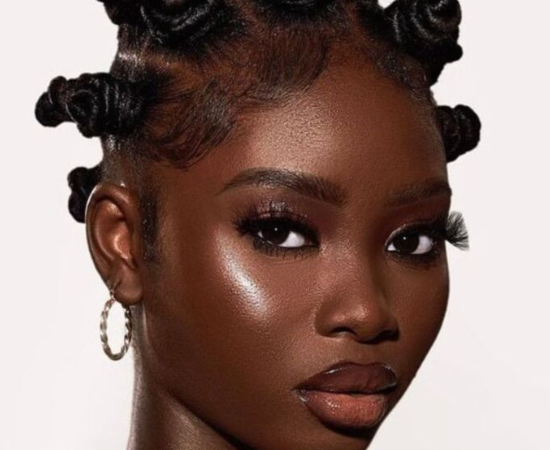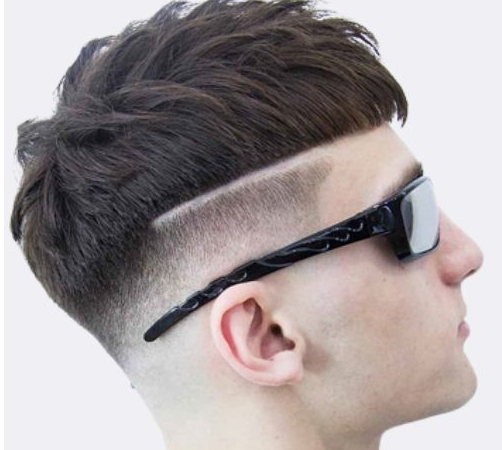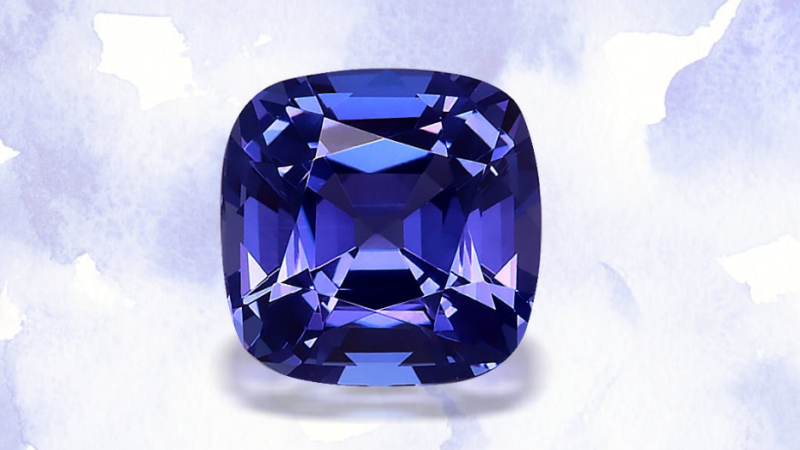Scalp Exfoliation: Healthy Hair
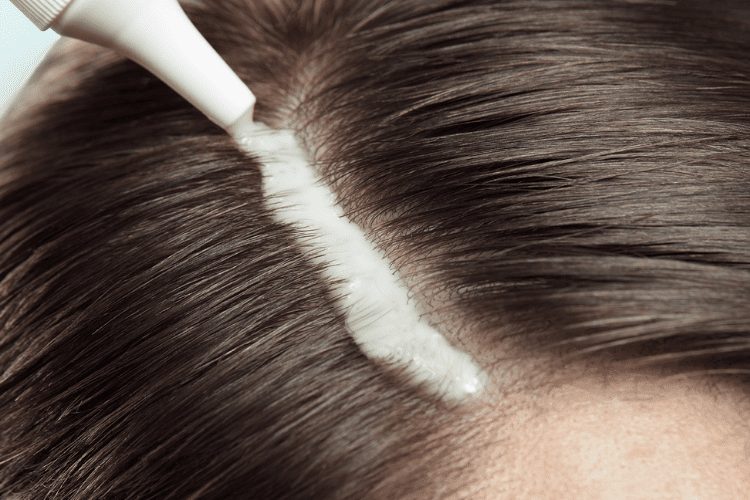
Scalp Exfoliation – When it comes to maintaining healthy hair, most people focus on the tips and ends of their locks, forgetting about the importance of scalp health. Just as good soil is essential for healthy plant growth, a healthy scalp is the foundation for strong and beautiful hair.
Exfoliating your scalp is a crucial step in your hair care routine that often gets overlooked. This blog will discuss why scalp exfoliation is important, how to do it effectively, and when to incorporate it into your hair care regimen.
What is scalp exfoliation?
Scalp exfoliation is a skincare and hair care practice that involves the removal of dead skin cells, excess oil, and product buildup from the scalp’s surface. Just like exfoliating your skin can promote a clearer and healthier complexion, exfoliating your scalp can have several benefits for your hair and overall scalp health.
Here’s a breakdown of what scalp exfoliation entails:
- Removal of Dead Skin Cells: Over time, dead skin cells naturally accumulate on the scalp’s surface. If not removed, these dead cells can create a barrier that hinders hair growth and contributes to dandruff and itchiness.
- Clearing Product Buildup: Hair products such as styling gels, hairsprays, and even some shampoos and conditioners can leave residue on the scalp. This buildup can make the hair look dull and weigh it down.
- Promoting Hair Growth: Scalp exfoliation can stimulate blood circulation to the hair follicles. Improved blood flow can potentially encourage hair growth and strengthen existing hair.
- Reducing Dandruff and Flakiness: Dandruff is often caused by a combination of factors, including the overgrowth of yeast-like fungi and dead skin cells on the scalp. Scalp exfoliation can help reduce dandruff by removing some of these contributing factors.
- Enhancing Product Absorption: A clean scalp is better able to absorb the benefits of hair care products, such as shampoos, conditioners, and serums. This can make your hair care routine more effective.
Scalp exfoliation can be achieved through various methods, including using specialized scalp products like scrubs, brushes designed for scalp massage, or shampoos with exfoliating ingredients like salicylic acid or tea tree oil. The choice of method depends on your hair type and preferences.
However, it’s important to exfoliate your scalp gently and not overdo it. Over-exfoliation can lead to irritation and damage, so following guidelines for your specific hair and scalp type is crucial. Typically, once a week to once every few weeks is a good frequency for most people, but this can vary.
Why Scalp Exfoliation Matters?
- Removes Buildup: Over time, your scalp can accumulate dead skin cells, excess oil, and product buildup. This buildup can clog hair follicles, leading to dandruff, hair thinning, and even hair loss. Exfoliating your scalp helps remove this buildup, allowing your hair to grow freely.
- Promotes Hair Growth: A clean and healthy scalp is conducive to hair growth. Exfoliation stimulates blood circulation to the hair follicles, encouraging hair growth and strengthening existing hair.
- Reduces Dandruff: Exfoliating can help reduce dandruff and flakiness by removing the dead skin cells contributing to these issues. It also allows your anti-dandruff products to penetrate the scalp more effectively.
- Enhances Product Absorption: A clean scalp is better able to absorb the nutrients and benefits of hair care products such as shampoos, conditioners, and serums. This can make your products more effective.
How to Exfoliate Your Scalp?
- Choose the Right Exfoliator: There are various scalp exfoliating products available, including scrubs, brushes, and shampoos with exfoliating properties. Choose one that suits your hair type and preferences.
- Scalp Scrubs: These physical exfoliants contain small granules or particles that gently scrub away dead skin cells and buildup. Be cautious not to be too aggressive, as excessive scrubbing can damage your scalp.
- Scalp Brushes: These soft brushes have bristles designed to massage and exfoliate the scalp. They are gentle and can be used during your regular shampoo routine.
- Exfoliating Shampoos: Some shampoos contain ingredients like salicylic acid or tea tree oil that help exfoliate the scalp. Use these as part of your regular shampoo routine.
- Wet Your Hair: Start by wetting your hair thoroughly. This helps prepare your scalp for exfoliation and ensures that your product or tool spreads evenly.
- Apply the Exfoliant: If you use a scrub or exfoliating shampoo, apply it directly to your scalp. If you have a scalp brush, apply the scrub or shampoo to the brush’s bristles.
- Gently Massage: Using your fingertips or a scalp brush, gently massage your scalp in circular motions for 2-3 minutes. Pay special attention to areas where you may have more buildup or dryness.
- Rinse Thoroughly: After massaging, rinse your hair and scalp thoroughly to remove all the exfoliating product and debris.
- Follow with Conditioner: To ensure your hair remains nourished and hydrated, follow up with your regular conditioner. Apply it from mid-length to the ends of your hair, avoiding the scalp.
When to Exfoliate Your Scalp?
The frequency of scalp exfoliation depends on your hair type and specific needs. Here are some general guidelines:
- Normal to Oily Hair: You can exfoliate your scalp once a week to remove excess oil and buildup.
- Dry Hair: If you have a dry scalp, limit exfoliation to every 2-3 weeks to avoid over-drying.
- Dandruff or Flaky Scalp: Individuals with dandruff or flaky scalps may benefit from more frequent exfoliation, around 2-3 times a week, until the issue improves, then reduce frequency.
- Sensitive Scalp: If you have a sensitive scalp, be gentle and limit exfoliation to once every 2-3 weeks to prevent irritation.
Physical vs Chemical Exfoliate for Hair
When it comes to exfoliating the scalp and hair, the principles of physical and chemical exfoliation are similar to those for the skin, but the methods and products used differ. Let’s explore the differences between physical and chemical exfoliation for hair and when to use each method:
Physical Exfoliation for Hair:
Physical exfoliation for the scalp and hair typically involves using gentle abrasives or tools to remove buildup, dead skin cells, and product residue from the scalp and hair strands. Here are some common methods:
- Scalp Scrubs: These are specially formulated products with small granules or particles designed to massage and exfoliate the scalp when massaged gently.
- Scalp Brushes: Soft bristle brushes designed for the scalp can manually massage and exfoliate the scalp while you shampoo your hair.
Pros of Physical Exfoliation for Hair:
- Immediate Results: Like with skin, you can feel and see the results immediately after using physical exfoliants on your scalp. It can leave your scalp feeling refreshed.
- Improved Circulation: Massaging your scalp during physical exfoliation can stimulate blood flow, potentially promoting hair growth and overall scalp health.
- Removes Buildup: Physical exfoliation effectively removes product buildup and dead skin cells, which can contribute to dandruff and scalp issues.
Cons of Physical Exfoliation for Hair:
- Potential for Over-Exfoliation: Excessive or aggressive physical exfoliation can damage the scalp and hair, leading to irritation and dryness.
- Not Suitable for Sensitive Scalps: People with sensitive scalps or certain scalp conditions may find physical exfoliation uncomfortable or irritating.
Chemical Exfoliation for Hair:
Chemical exfoliation for the hair and scalp typically involves using products containing active ingredients that help break down dead skin cells and debris without the need for physical abrasion. Some chemical exfoliants for the scalp and hair include:
- Salicylic Acid: This beta hydroxy acid (BHA) can penetrate the scalp to exfoliate within hair follicles and is often used to treat dandruff and flakiness.
- Alpha Hydroxy Acids (AHAs): AHAs like glycolic acid and lactic acid can help with scalp exfoliation, though they are typically milder and more often used in skincare products.
- Enzymes: Certain enzymes like papain and bromelain can be found in some hair care products to promote gentle scalp exfoliation.
Pros of Chemical Exfoliation for Hair:
- Gentle and Even Exfoliation: Chemical exfoliants provide more uniform and controlled exfoliation without the risk of physical damage to the scalp.
- Effective for Scalp Issues: Chemical exfoliants like salicylic acid can be highly effective for addressing dandruff, flakiness, and certain scalp conditions.
- Customizable: You can choose products with specific exfoliating ingredients tailored to your scalp’s needs.
Cons of Chemical Exfoliation for Hair:
- May Require Time: Chemical exfoliation may take longer to show noticeable results compared to physical exfoliation.
- Potential for Sensitivity: Some individuals with sensitive scalps may still experience mild irritation with certain chemical exfoliants.
When to Use Each Method:
The choice between physical and chemical exfoliation for your hair and scalp depends on your individual needs and preferences:
- Physical Exfoliation: Use physical exfoliation if you prefer immediate results and have a healthy scalp without sensitivity issues. It can be a good option for regular maintenance.
- Chemical Exfoliation: Opt for chemical exfoliation if you have specific scalp issues like dandruff or flakiness or if you have sensitive skin. Chemical exfoliants can provide effective, yet gentle, exfoliation over time.
Ultimately, a balanced hair care routine that combines both methods as needed may offer the best results for maintaining a healthy scalp and beautiful hair. Remember to choose products formulated for hair and scalp use, and follow the instructions carefully to avoid over-exfoliation or irritation.
Conclusion
Scalp exfoliation is a simple yet effective step in your hair care routine that can lead to healthier, stronger, and more beautiful hair. Removing buildup, stimulating hair growth, and improving product absorption should not be overlooked.
Just remember to choose the right exfoliant for your hair type, use gentle circular motions, and adjust the frequency of exfoliation based on your specific needs. You’ll be on your way to achieving your hair goals with a clean and healthy scalp.
FAQs:
1. What is the purpose of scalp exfoliation?
- Scalp exfoliation removes dead skin cells, excess oil, and product buildup from the scalp’s surface. It helps maintain a healthy scalp, promote hair growth, and improve the overall condition of your hair.
2. How often should I exfoliate my scalp?
- The frequency of scalp exfoliation depends on your hair type and specific needs. Generally, once a week to once every few weeks is a good guideline. However, you may need to adjust this based on factors like scalp sensitivity and issues like dandruff or excess oil.
3. Can I use the same exfoliating products for my face and scalp?
- While some exfoliating products may be suitable for both your face and scalp, it’s best to choose products specifically formulated for the scalp. The skin on your scalp is thicker and may have different needs than your facial skin.
4. Can scalp exfoliation help with dandruff
- Yes, scalp exfoliation can help with dandruff. Removing dead skin cells and promoting a healthier scalp environment can reduce flakiness and improve the effectiveness of anti-dandruff treatments.
5. Is it safe to exfoliate a sensitive scalp?
- Exfoliating a sensitive scalp should be done with caution. Use gentle exfoliants and avoid excessive pressure or abrasive tools. Start with a patch test to ensure your scalp can tolerate the product, and consult with a dermatologist if you have concerns.
